Small passenger cars like hatchbacks and sedans have, traditionally, been one Australia’s favourite vehicle types.
However, according to sales figures, small passenger cars could eventually become a thing of the past.
It’s a huge turnaround given the popularity of small hatches and sedans just a decade ago.
Sales data from 2010 shows that small passenger cars made up the largest vehicle segment, by a massive margin. They made up just over 239,000 sales, representing 23 per cent of the overall market. The next closest was light passenger cars on 13.3 per cent then compact SUVs on 11.1 per cent.
That year five small passenger cars and one light car ended up in the top 10 best sellers list. The remainder included three larger passenger sedans and one ute.
The small cars included the Toyota Corolla, which was the second highest selling car that year on 41,632 units, just 4000 behind the then-dominant Holden Commodore. Other small models in the 2010 top 10 were the Mazda3, Hyundai i30, Holden Cruze and Mitsubishi Lancer.
Even more than 20 years ago, back in 2000, small passenger cars made up 27.8 per cent of all new-car sales, with large passenger cars like the Commodore and Ford Falcon the only segment with higher volume (35.9 per cent).

It’s a very different story in 2021.
To the end of November, 93,260 small passenger cars have found homes, a 4.8 per cent decline on 2020 sales.
The Corolla still dominates the segment with 27,497 sales year to date, and it’s one of only a handful of volume players, that includes the Hyundai i30 (23,334), Kia Cerato (17,198) and Mazda3 (13,476).
There are a few reasons for this.
In 2021, the segment makes up 10.6 per cent of all sales and now ranks fifth behind 4x4 pick-ups (18%), medium SUVs (17%), small SUVs (13.7%), and large SUVs (12.8%).
This highlights the clear shift away from passenger cars to SUVs. While small passenger cars have more than halved in a decade, small and light SUVs have crept up by about 60,000 units a year from 2010 figures.

The appeal of a higher ride height, chunky design elements and the perception of off-road ability has seen buyers shift from small hatches to small SUVs in droves.
As a result of the small car sales decline, many manufacturers are changing the positioning of their hatchback offerings.
Rather than starting from around $20,000 before on-road costs for a base model with not much kit and climbing from there, carmakers are increasingly offering fewer variants that are mid or high-grade specification only. And that usually comes with a higher price.
There are plenty of examples of this. The current-generation Mazda3 and Toyota Corolla start at a higher price point than their predecessors. The Mazda3 entry price rose by $4500 to about $25,000 before on-road costs when the new model arrived in 2019, while the current Corolla shot up by $2680 over the old model in 2018.
Since then, prices have risen even more, with the 3 now starting from $26,340 before on-roads. The Corolla is now $1000 dearer than when it launched and starts from $23,895.
.jpeg)
The Volkswagen Golf Mk 8 that arrived mid-year now starts from $29,550 (BOC) for the entry grade manual, which is about $3500 more than the base Golf 7.5.
Honda has taken price increases to a new level with the launch of the 11th-generation Civic hatchback. It’s available in one highly specified variant only – for now – priced at $47,000 drive-away. That’s a $16,000 hike over the previous range opening VTi-S and puts it in BWM and Mercedes-Benz territory.
Even Kia and Hyundai no longer play in the circa-$19,990 small car segment. The i30 hatch now kicks off from $23,420 (BOC) and the Cerato starts at $25,490, although you’ll find offers of about $25,000 drive-away for both models almost year-round.
Other brands have abandoned the segment altogether.
Ford has ditched all but the sporty ST variants of its underrated Focus hatch in Australia, and that’s after culling the sleek wagon about a year ago.
Likewise, Renault has dropped all Megane grades except the RS hot hatch.

Holden’s departure killed off the Astra, Nissan dropped the Pulsar back in 2017 and Mitsubishi finally ran out of Lancer stock in 2019. Kia dropped the Soul and Rondo a couple of years back and the Alfa Romeo Giulietta will soon disappear.
So, what does this mean for the future of small passenger cars? Sales are likely to continue to contract as buyers increasingly opt for similarly sized SUVs instead. More models could be dropped, particularly with the shift to electrification. The Golf’s future is uncertain beyond the current generation as VW plans to dramatically increase its EV output.
There is some positive news in the short term for small car fans, with a few new models hitting showrooms next year.
Peugeot’s new-generation 308 hatch and wagon range will arrive in quarter one, ushering in a sexy design, new tech and more interior space. Volkswagen Group’s latest brand, Seat spin-off Cupra, will launch the Leon hatch in mid-2022 as its take on the Golf.
Speaking of, the Golf R will land in 2022, as well as smaller hatch offerings like the Skoda Fabia and more.






.jpg)



.jpg)

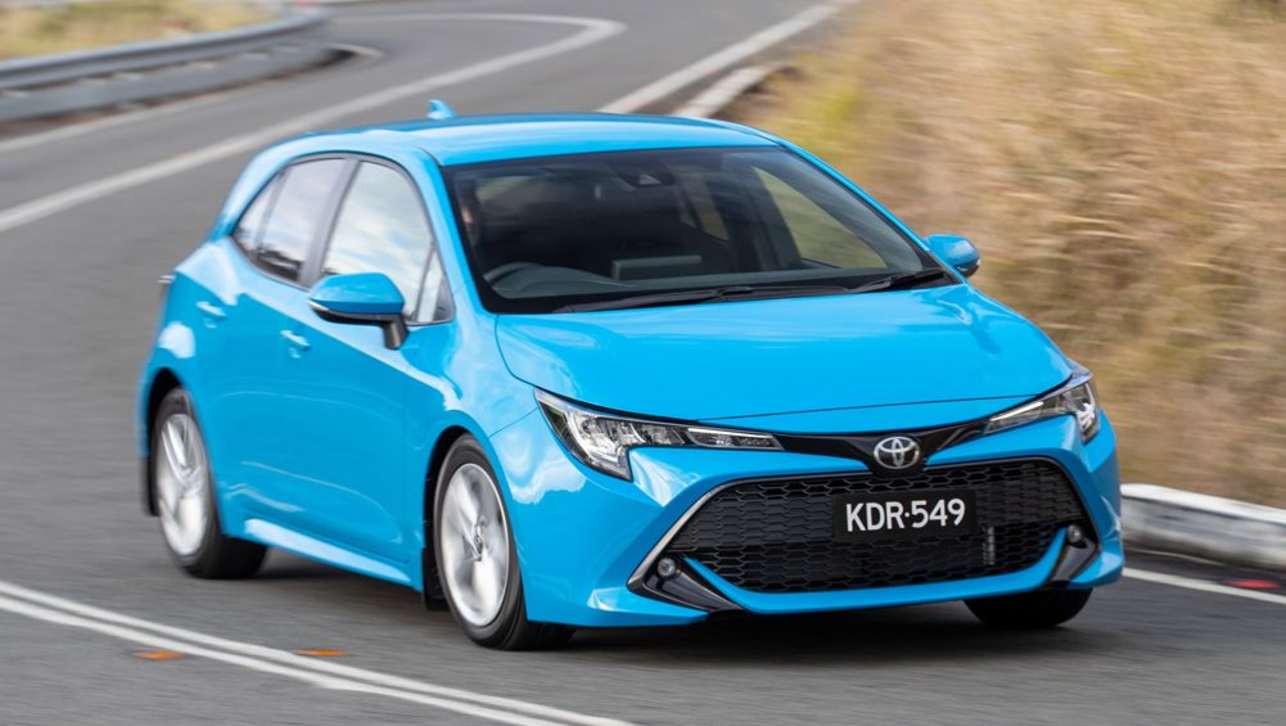

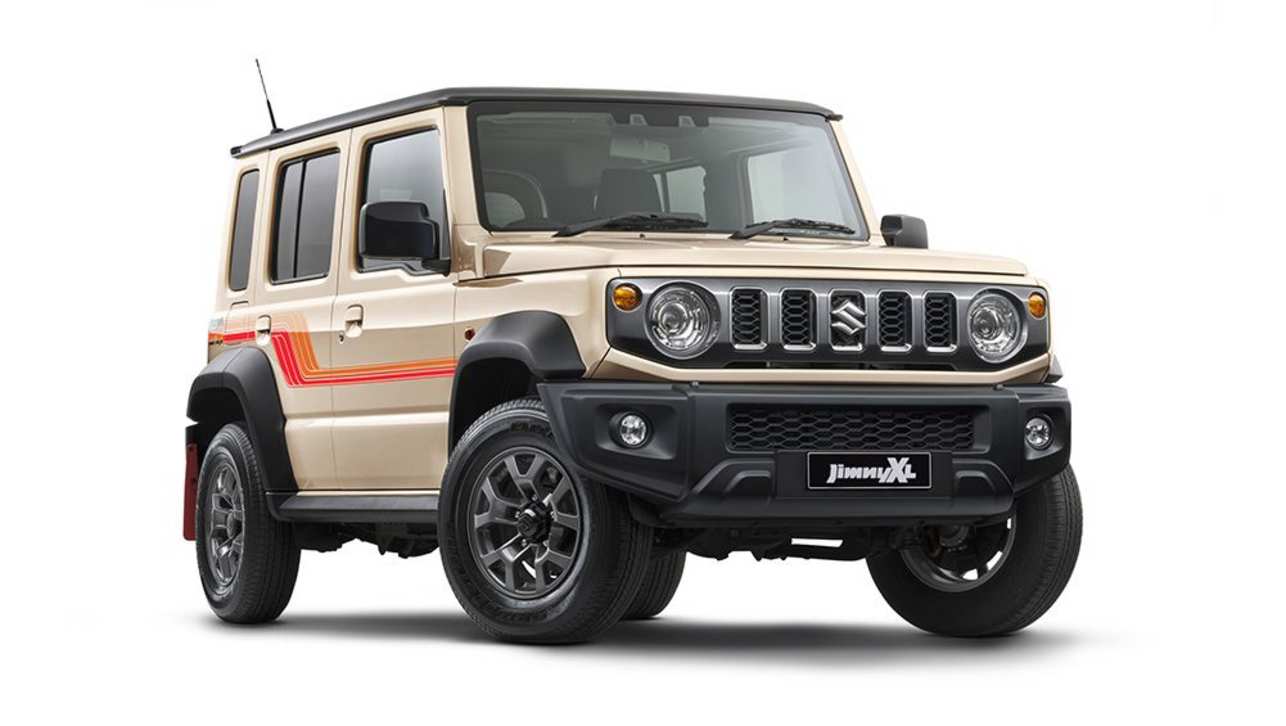
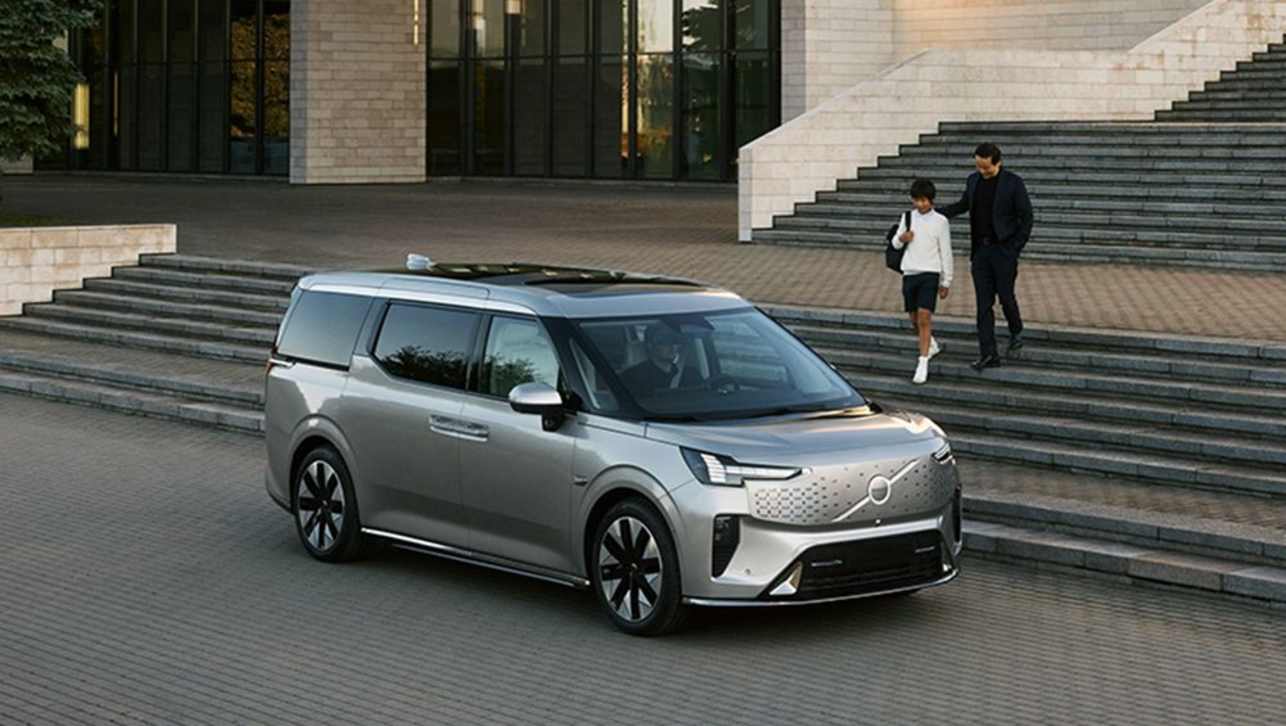

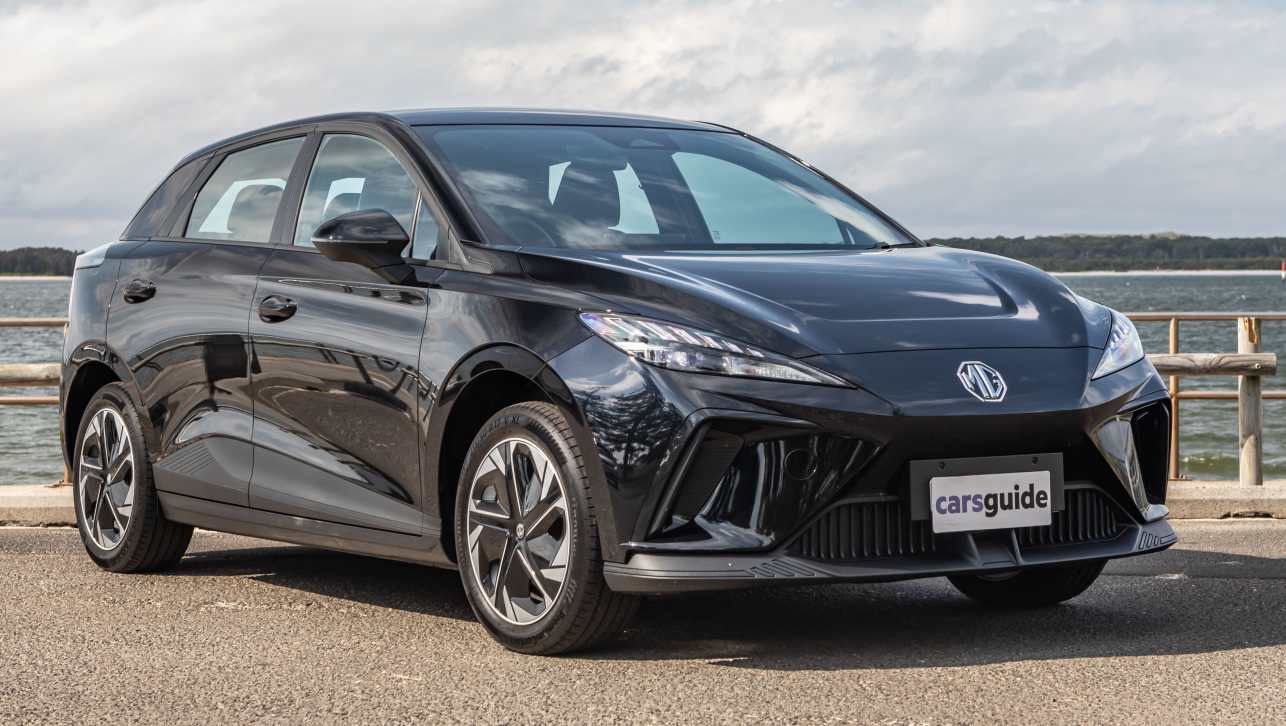




.jpg)
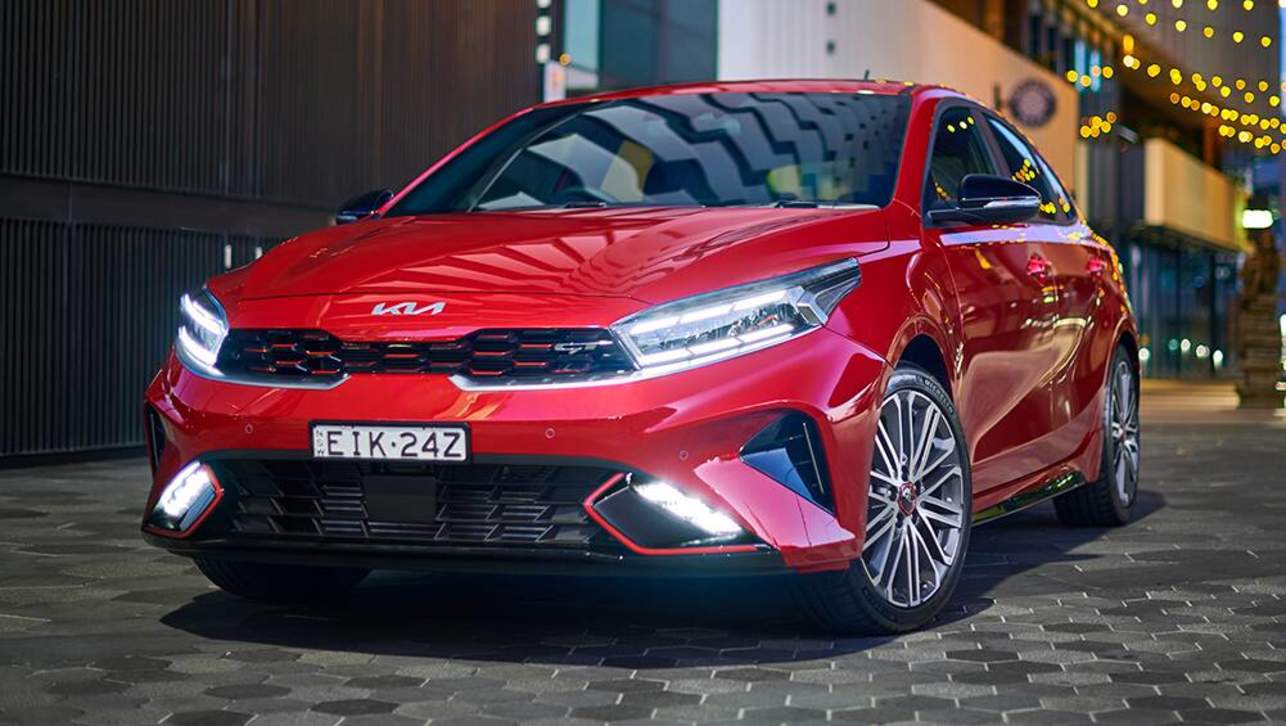
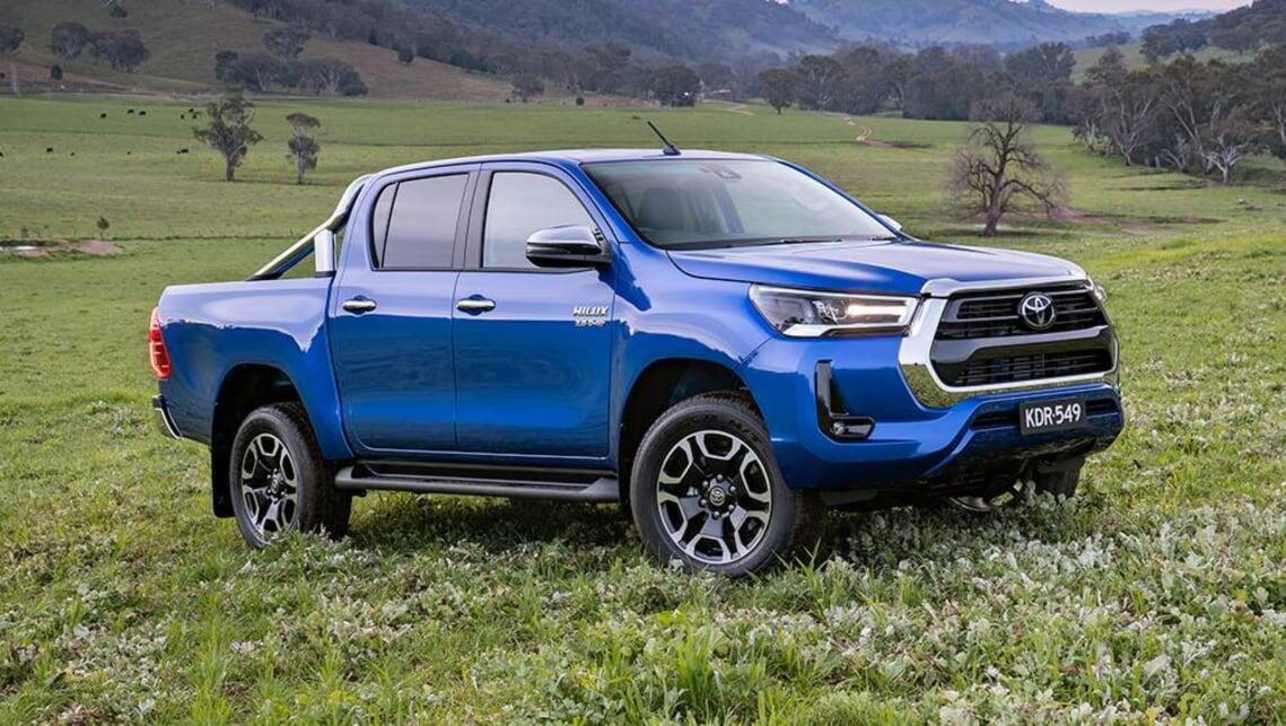
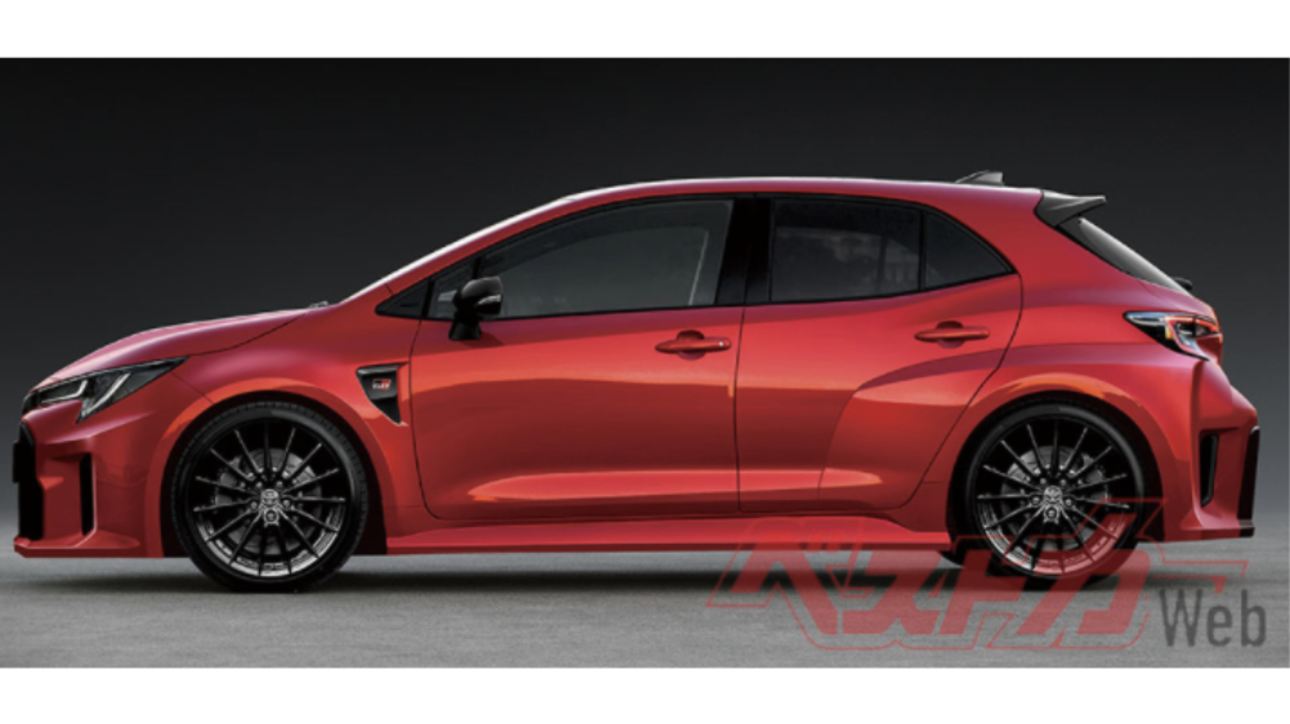





Comments